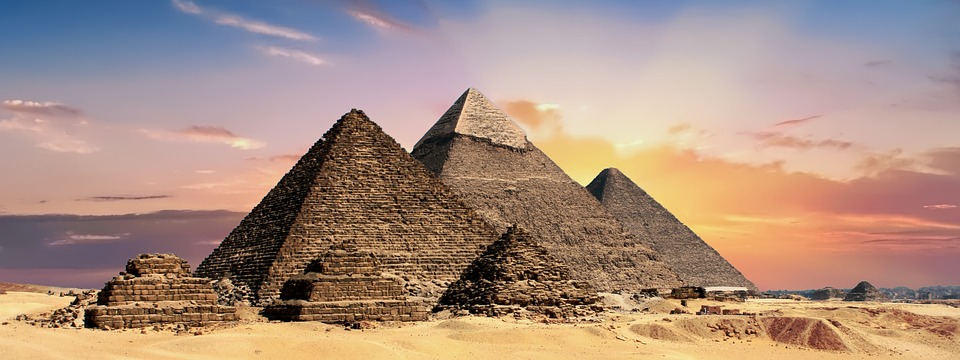https://www.scottishconstructionnow.com/article/and-finally-rare-casing-stone-from-great-pyramid-on-display-in-scotland
And finally… Rare casing stone from Great Pyramid on display in Scotland
The only casing stone from the Great Pyramid of Giza to be displayed anywhere in the world outside of Egypt will go on show at the National Museum of Scotland from next month.
The news comes on the bicentenary of the birth of the man who arranged for it to be brought to the UK, the Astronomer Royal of Scotland, Charles Piazzi Smyth (3 January 1819 – 21 February 1900).

The large block of fine white limestone is one of the few surviving casing stones from the Great Pyramid and will be displayed from February 8 in a new, permanent gallery at the Museum entitled Ancient Egypt Rediscovered. Going on public view for the first time since it came to Scotland in 1872, it will form the centrepiece of a display about the design and construction of pyramids in ancient Egypt; the only display of its kind in the UK.
It was brought to Britain for Charles Piazzi Smyth, who, alongside his geologist wife Jessie, conducted the first largely accurate survey of the Great Pyramid in 1865. The couple originally displayed the block in their Edinburgh home.
Built for King Khufu and dating to c2589–2566 BC, the Great Pyramid of Giza is the oldest and largest of the three pyramids in the Giza pyramid complex. While its interior was made from local stone, it was clad in bright white, polished limestone brought from a quarry at Tura, 15km down the Nile. It would have gleamed in the sun and had a smooth, shining finish, unlike the rough, 'stepped' surface which is more recognisable today.
Dr Margaret Maitland, senior curator, ancient Mediterranean at National Museums Scotland, said: "We are very excited to be able to offer our visitors the chance to see the only casing stone from the Great Pyramid on display anywhere outside of Egypt. One of the seven wonders of the world, many people don't know that the Great Pyramid would have appeared very different when it was first constructed, thanks to a pristine cladding of polished white limestone. This casing stone will give visitors to the National Museum a fascinating insight into how one of the most iconic buildings on the planet would have once looked."
Few casing stones survive on the Great Pyramid itself. In 1303 AD, a huge earthquake loosened some of the stones, many of which were taken to use for buildings elsewhere. The block in National Museums Scotland's collection was found buried among rubble at the foot of the Great Pyramid. On display alongside it will be some of Charles Piazzi Smyth's measuring equipment and statues of Imhotep - the inventor of the pyramid who was later deified as a god of wisdom - and of King Snefru, who commissioned the first true pyramid.
-- Sent from my Linux system.
No comments:
Post a Comment